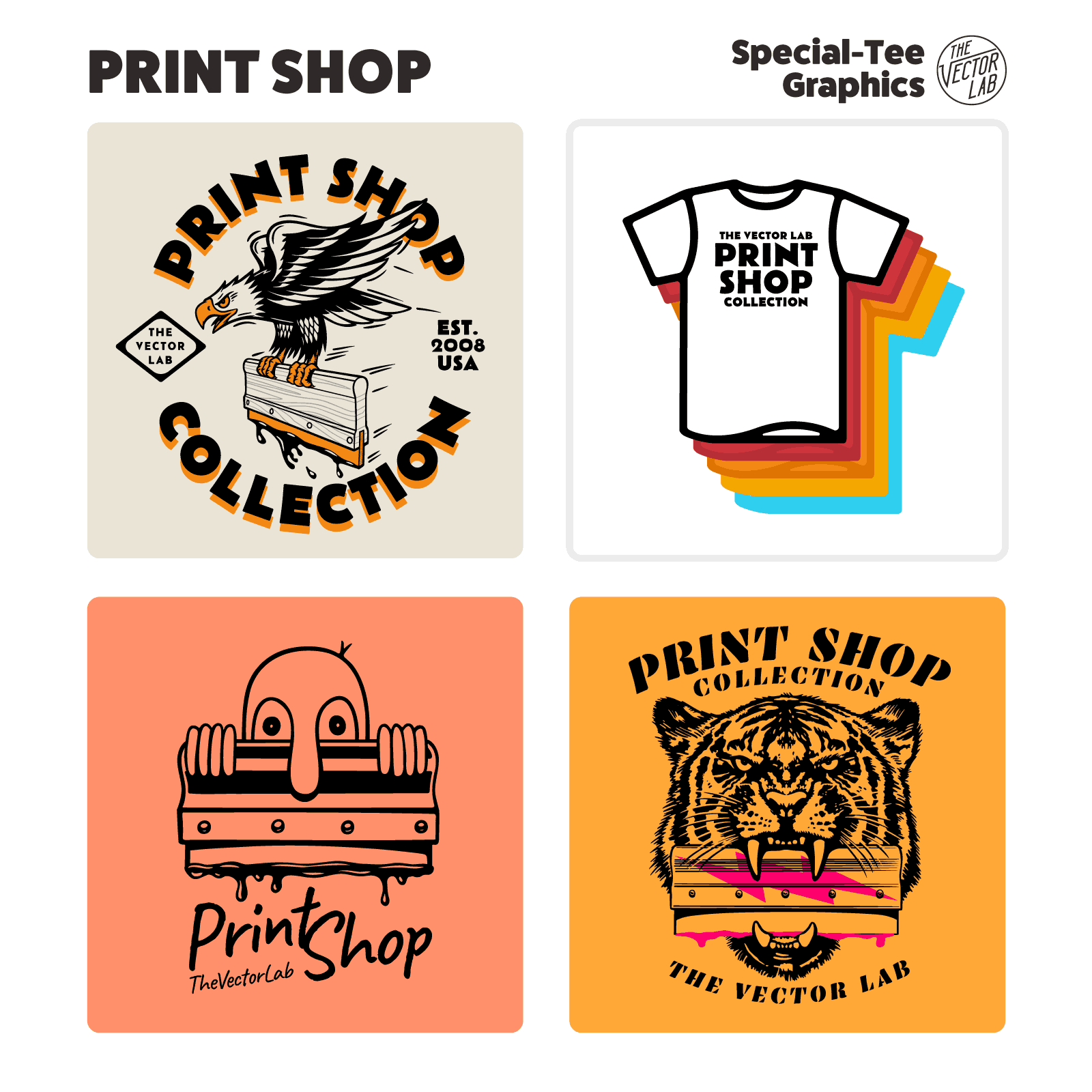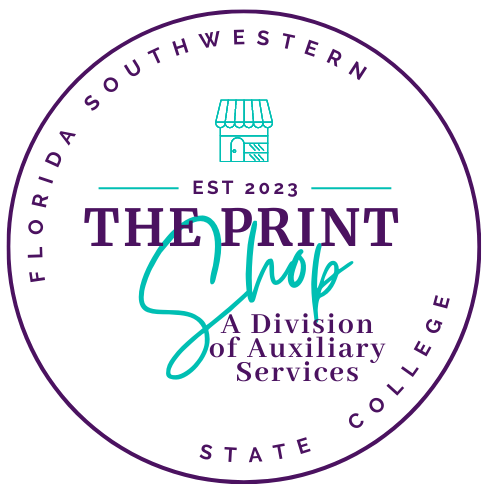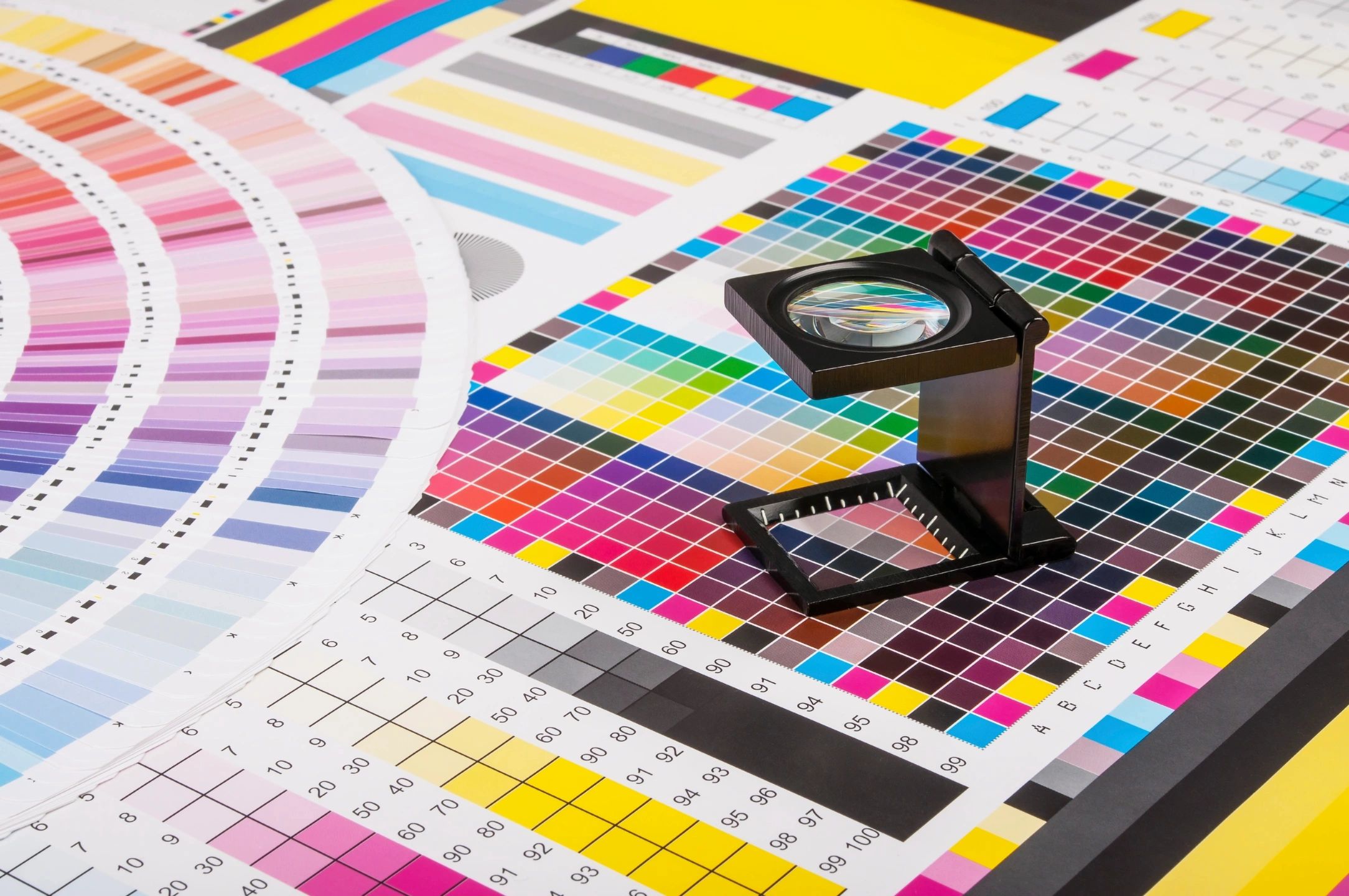The Ultimate Guide to Making Use Of Printing Providers for Customized Art Prints
Steering via the world of personalized art prints calls for a clear understanding of numerous printing solutions. Artists have to think about aspects such as printing methods and materials to accomplish the desired end result. Each decision, from artwork prep work to shade calibration, plays a necessary role in the final item. As they discover these aspects, musicians can expose the capacity for their work to attach with audiences in a significant means. What steps can they take to assure their prints stick out?
Comprehending Different Sorts Of Printing Solutions
Lots of individuals may neglect the intricacies of printing services, comprehending the numerous kinds available is important for any person looking to produce custom-made art prints. One of the most usual types include electronic printing, counter printing, and display printing. Digital printing is preferred for its fast turn-around and ability to create high-grade pictures straight from electronic data, making it perfect for tiny runs. On the other hand, offset printing offers superior image high quality and is cost-effective for bigger quantities, using plates to transfer ink onto paper. Screen printing, often utilized for fabrics and advertising products, involves pushing ink with a mesh display, enabling for lively shades and structures. Each technique has its unique advantages and restrictions, making it essential for musicians and designers to analyze their details demands, such as quantity, preferred top quality, and spending plan, prior to picking a printing service that straightens with their artistic vision.
Choosing the Right Materials for Your Prints
Selecting the appropriate products is important for attaining high-grade custom-made art prints. Comprehending the different sorts of paper and the relevance of ink quality can substantially affect the last outcome. Artists must think about these factors to ensure their vision is properly stood for in the published item.
Paper Kind Explained
Picking the best paper kind is necessary for attaining the desired visual and sturdiness in custom art prints. Numerous options exist, each offering distinctive characteristics. As an example, glossy paper boosts color vibrancy and detail, making it optimal for digital photography prints. Conversely, matte paper gives a softer finish, which is better for art work that calls for nuance and structure. Art paper, usually made from cotton or alpha cellulose, offers historical top quality and is ideal for recreating detailed information in paints (Print Shop Near Me). Additionally, specialized documents, such as watercolor or canvas, can add unique visual effects. Eventually, selecting the ideal paper type will considerably influence the last presentation, guaranteeing that the artwork is both aesthetically attractive and lasting
Ink High Quality Matters
Ink top quality plays a vital function in the total success of custom art prints. Premium inks guarantee vivid colors, sharp details, and durability, which are important for showcasing artistic work. When selecting printing solutions, musicians ought to think about pigment-based inks over dye-based options, as they provide better discolor resistance and color stability. Furthermore, the option of ink ought to complement the chosen paper kind, enhancing the print's aesthetic impact. Ecological factors, such as humidity and temperature, can also affect ink efficiency; therefore, artists ought to ask about ink solutions that stand up to these aspects. Inevitably, purchasing superior ink high quality can raise the final item, ensuring that the art print stays real to the musician's vision for many years to come.
Exploring Printing Techniques: Digital vs. Standard
While both typical and digital printing strategies have their unique benefits, the decision on which approach to utilize typically pivots on the particular needs of the artwork. Digital printing masters versatility and speed, enabling for fast turn-around times and the ability to publish as needed. This technique is especially beneficial for musicians that need little runs or unique items, as it removes the demand for substantial setup processes.Conversely, standard printing methods, such as lithography and display printing, commonly create richer colors and structures, appealing to musicians looking for a much more tactile and authentic finish. These approaches can boost the deepness and top quality of the artwork, making them suitable for larger editions. Furthermore, conventional methods may use a distinct aesthetic that digital printing often battles to duplicate. Eventually, the choice between these methods need to think about elements like preferred high quality, quantity, and creative intent, directing musicians to the most appropriate option for their projects.

Preparing Your Art Work for Printing
Efficiently preparing artwork for printing needs mindful interest to information, despite the selected printing method. Artists should assure that their documents are produced at the proper resolution, normally 300 DPI, to maintain sharpness and clarity. The proper color setting, usually CMYK for print, is vital to attain the desired color precision. Artists need to additionally consider the measurements of the art work, ensuring to consist of bleed areas if needed, to stop any type of undesirable white sides after trimming.Additionally, data formats play a crucial duty; TIFF and PDF are often chosen for high-grade prints. Prior to submission, it is very important to evaluate the artwork for any blemishes or unwanted aspects. By thoroughly checking these elements, artists can boost the probability of their prints straightening with their creative vision, inevitably causing a successful printing outcome.
The Significance of Color Calibration and Proofing
Color calibration and proofing are vital action in the printing procedure, as they assure that the last result precisely shows the musician's vision. Appropriate color calibration assurances more that the shades showed on the display suit those that will be printed. This process includes changing the screen settings, printer profiles, and inks to accomplish a consistent shade representation.Additionally, proofing permits artists to sneak peek their work before the last print run. This phase allows them to find and rectify any type of inconsistencies in saturation, color, or information, thereby reducing pricey errors. By utilizing digital or hard-copy evidence, artists can make enlightened decisions regarding modifications required for ideal results.Incorporating color calibration and proofing into the printing operations not just enhances the top quality of the end product but likewise fosters a trusted partnership in between the artist and the printing solution, guaranteeing satisfaction and integrity to the original art work.
Choosing the Perfect Dimension and Layout for Your Prints

Advertising and Marketing Your Customized Art Prints
Advertising and selling customized art prints needs a solid brand name identification to stand out in an open market. Efficient on-line promo methods and the calculated use of social media sites platforms can considerably improve presence and involvement. By integrating these aspects, artists can develop an engaging existence that brings in possible customers.
Structure Your Brand Identity
Developing a solid brand identity is essential for musicians wanting to successfully market and market their customized art prints. This identity includes the artist's distinct style, values, and story, which resonate with prospective purchasers. Artists need to create a cohesive aesthetic existence across all platforms, including logo designs, color design, and typography that reflect their creative vision. Furthermore, a clear objective declaration assists connect the musician's objective and interest. Involving storytelling about the ideas behind each piece can foster psychological links with the target market. Consistency in messaging, whether on social media or packaging, boosts acknowledgment and trust. By thoroughly curating their brand name identification, musicians can differentiate themselves in an open market, attracting faithful consumers who value their virtuosity.
Effective Online Promo Techniques
What techniques can artists use to efficiently advertise their personalized art publishes online? First, developing a professional site showcasing the art work is crucial. This site should include detailed summaries and high-grade photos to engage potential customers. Furthermore, artists can use e-mail advertising and marketing by building a client checklist to share updates, promos, and brand-new releases. Teaming up with blog writers and influencers in the art area can increase reach and integrity. Using exclusive items or limited-time discounts can likewise develop necessity, motivating purchases. Maximizing material for search engines with pertinent key phrases will enhance presence. Maintaining a blog site concerning the artistic procedure can draw in art fanatics, promoting a much deeper link with the target market and enhancing the total advertising and marketing approach.
Utilizing Social Media Site Operatings Systems
Social network platforms offer as powerful tools for artists wanting to market and offer their custom art prints. By leveraging platforms like Instagram, Facebook, and Pinterest, artists can display their work to a substantial audience. Involving visuals and calculated hashtags can enhance exposure, attracting prospective buyers to their profiles. Frequently publishing content, such as behind-the-scenes processes or brand-new styles, helps maintain target market interest and fosters a feeling of community. In addition, musicians can utilize targeted marketing to get to specific demographics, boosting the opportunities of sales. Cooperations with influencers or various other artists can better amplify direct exposure. Inevitably, a well-curated social media existence not only advertises personalized art prints however also constructs a devoted consumer base in time.
Frequently Asked Inquiries

Just how Do I Discover Dependable Printing Service Providers?
To locate trusted printing service suppliers, one ought to investigate online evaluations, look for recommendations from peers, contrast profiles, request samples, and assess client service responsiveness. This thorough approach assurances notified choices and sufficient end results.
What Is the Normal Turn-around Time for Custom Prints?
The common turnaround time for personalized prints varies by company, yet typically ranges from a few days to two weeks. Aspects influencing this consist of order dimension, intricacy, and the specific printing strategies utilized.
Can I Obtain a Reimbursement if I'm Not Pleased With My Prints?
The question of acquiring a refund for poor prints typically relies on the details printing solution's policies. Numerous firms offer fulfillment warranties, while others might have stringent return conditions, emphasizing the value of evaluating terms beforehand.
Are There Any Hidden Costs Connected With Printing Providers?
Many printing solutions might consist of hidden expenses such as setup fees, delivery charges, or service charges for particular products. It's vital for customers to ask about all potential costs before completing their order.
Exactly How Can I Guarantee My Prints Are Ecologically Pleasant?
To guarantee prints are environmentally pleasant, one ought to select environmentally friendly inks, recycled paper, and lasting printing techniques. Investigating printing services that focus on sustainability and getting certifications can better guarantee marginal environmental view website impact in the printing why not check here process. Steering through the world of custom-made art prints needs a clear understanding of various printing solutions. Numerous individuals might forget the intricacies of printing services, understanding the different types available is vital for anyone looking to develop customized art prints. The most usual types include electronic printing, offset printing, and display printing. Successfully preparing art work for printing requires mindful interest to information, no matter of the selected printing strategy. Prints intended at galleries might call for common dimensions to help with framing, whereas one-of-a-kind formats might appeal to collection agencies looking for something distinctive.Lastly, the printing solution's capabilities need to be evaluated.